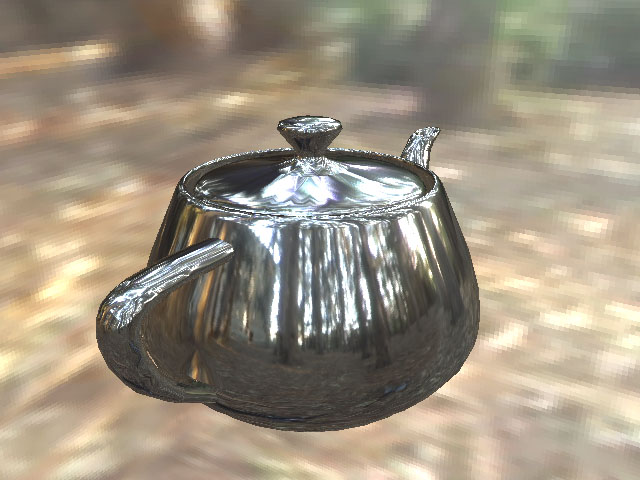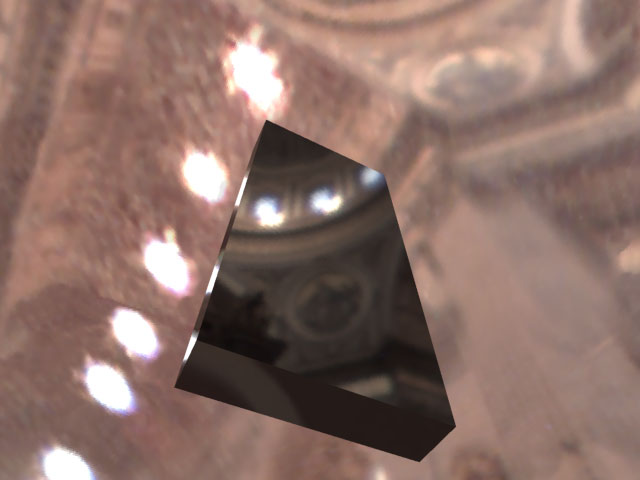

This paper presents a technique for representing and displaying high dynamic-range
texture maps (HDRTMs) using current graphics hardware. Dynamic range in real-world
environments often far exceeds the range representable in 8-bit per-channel texture
maps. The increased realism afforded by a high-dynamic range representation provides
improved fidelity and expressiveness for interactive visualization of image-based models.
Our technique allows for real-time rendering of scenes with arbitrary dynamic range,
limited only by available texture memory.
In our technique, high-dynamic range textures are decomposed into sets of 8-bit textures.
These 8-bit textures are dynamically reassembled by the graphics hardware's programmable
multitexturing system or using multipass techniques and framebuffer image processing. These
operations allow the exposure level of the texture to be adjusted continuously and arbitrarily
at the time of rendering, correctly accounting for the gamma curve and dynamic range restrictions
of the display device. Further, for any given exposure only two 8-bit textures must be resident
in texture memory simultaneously.
We present implementation details of this technique on various 3D graphics hardware architectures.
We demonstrate several applications, including high-dynamic range panoramic viewing with simulated
auto-exposure, real-time radiance environment mapping, and simulated Fresnel reflection.